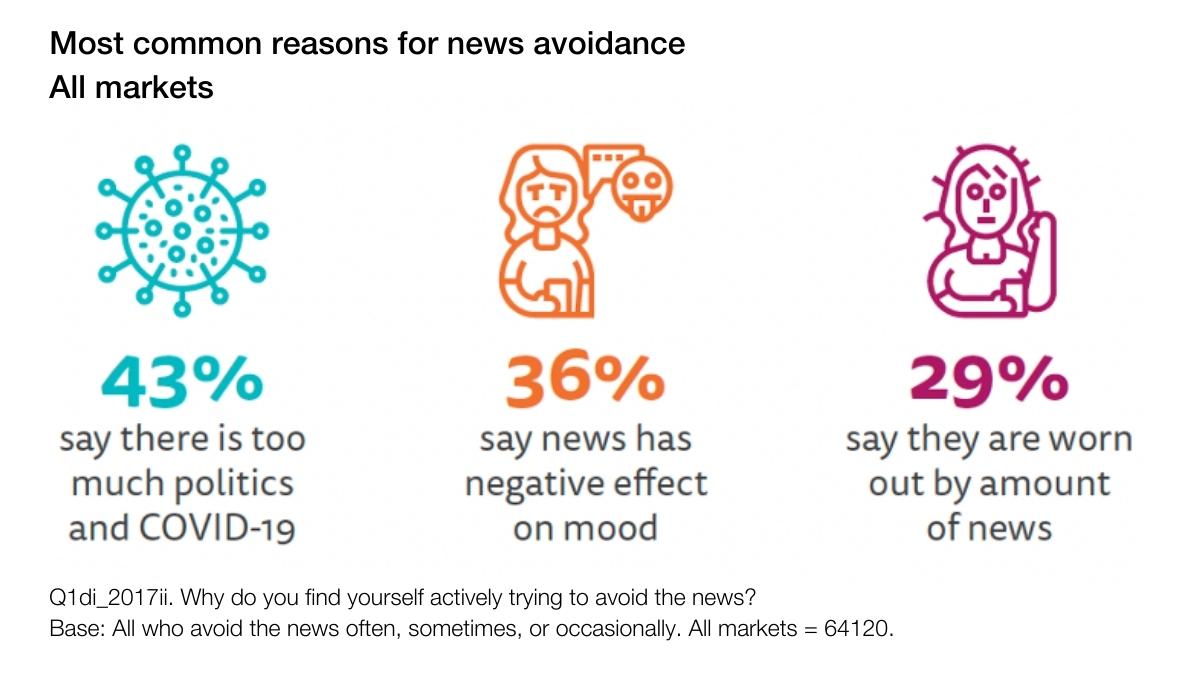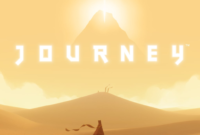How the Way We Consume News Is Changing What We Choose to Buy introduces a fascinating exploration of the dynamic intersection between news consumption and purchasing decisions. In today’s digital age, the sources and methods through which we receive news have evolved dramatically, influencing not just our opinions but also our buying behaviors. With the rise of social media, instant updates, and curated content, consumers are more informed yet more susceptible to marketing strategies shaped by the narratives they encounter.
This shift is reshaping industries and creating new norms in consumer behavior, as brands adapt to the changing landscape by leveraging news cycles to capture attention and drive sales. Understanding these trends is crucial for both consumers and marketers as we navigate this modern marketplace.
Technology has always been at the forefront of human evolution, shaping our societies, economies, and daily lives. From the invention of the wheel thousands of years ago to the emergence of artificial intelligence in the modern era, technology has not only transformed how we live but also how we think, work, and interact with one another. This article aims to explore the evolution of technology, highlighting key milestones and their impact on humanity.
The Dawn of Technology: Prehistoric Innovations
The journey of technology began in prehistoric times when early humans developed basic tools for survival. The invention of the wheel around 3500 BC in Mesopotamia marked a significant turning point. This simple yet revolutionary device enabled easier transportation, which facilitated trade and communication. The wheel’s introduction allowed civilizations to flourish, leading to the establishment of cities and complex societies.
As agrarian societies emerged, innovations such as the plow transformed agriculture, leading to surplus food production. This surplus supported larger populations and gave rise to social hierarchies and specialized professions. The development of writing systems, such as cuneiform in Mesopotamia and hieroglyphics in Egypt, revolutionized communication, enabling the documentation of knowledge and culture.
The Ancient World: Engineering and Mathematics: How The Way We Consume News Is Changing What We Choose To Buy
With the advancement of civilizations, so too did technology. The ancient Egyptians showcased remarkable engineering skills through the construction of the pyramids. These monumental structures, built with precise measurements and advanced mathematical understanding, are testaments to the ingenuity of early engineers.
Similarly, the Greeks and Romans made significant contributions to mathematics and engineering. Archimedes’ principle and Euclidean geometry laid the groundwork for modern science and engineering. The Romans, renowned for their architectural prowess, created aqueducts and roads that enhanced infrastructure and connectivity across their empire. This period marked the beginning of engineering as a discipline, blending mathematics with practical application.
The Middle Ages: Innovation Amidst Challenges
The Middle Ages, often viewed as a period of stagnation, actually saw several technological advancements. The invention of the mechanical clock, the windmill, and the printing press were significant innovations that facilitated societal progress. The printing press, developed by Johannes Gutenberg in the 15th century, revolutionized the dissemination of information, making literature more accessible and fostering literacy among the masses.
Furthermore, the agricultural revolution during this period introduced crop rotation and new farming techniques, leading to increased productivity. Innovations such as the horse collar improved agricultural efficiency, allowing for greater yields. While the Middle Ages had its challenges, including plagues and wars, it was also a time of significant technological progression that set the stage for the Renaissance.
The Renaissance and the Age of Discovery
The Renaissance, a cultural rebirth in the 14th to 17th centuries, was a period of remarkable advancements in art, science, and technology. Innovators like Leonardo da Vinci and Galileo Galilei pushed the boundaries of knowledge, contributing to fields such as anatomy, physics, and engineering. Da Vinci’s designs for flying machines and war machines showcased the interplay between imagination and technology.
The Age of Discovery, fueled by advancements in navigation technology, led explorers like Christopher Columbus and Ferdinand Magellan to new lands. The compass and the astrolabe were instrumental in enabling long sea voyages, leading to the establishment of trade routes and the exchange of goods and ideas across continents.

The Industrial Revolution: A Game Changer
The Industrial Revolution of the 18th and 19th centuries marked a seismic shift in technology and society. The introduction of steam power transformed industries, leading to the mechanization of agriculture and manufacturing. Factories emerged, producing goods at an unprecedented scale and efficiency. This era saw the invention of the steam engine by James Watt, which powered trains and ships, revolutionizing transportation.
Moreover, the Industrial Revolution brought about significant social changes, including urbanization. People flocked to cities in search of work, leading to the growth of urban centers and a new working class. While this period heralded unprecedented economic growth, it also gave rise to challenges such as poor working conditions and environmental pollution.
The 20th Century: The Age of Information
The 20th century ushered in a new era characterized by rapid technological advancements, particularly in communication and computing. The invention of the telephone by Alexander Graham Bell revolutionized how people connected. Following this, the radio and television transformed entertainment and information dissemination.
The latter half of the century saw the rise of computers. The development of the first electronic computers in the 1940s and the subsequent creation of the personal computer in the 1970s democratized access to technology. The internet, emerging in the 1990s, connected the world in ways previously unimaginable, facilitating global communication and commerce.
The Rise of Artificial Intelligence
As we moved into the 21st century, the focus shifted towards artificial intelligence (AI). AI represents a culmination of technological advancements, utilizing machine learning and data analytics to create systems that can perform tasks typically requiring human intelligence. From virtual assistants like Siri and Alexa to autonomous vehicles, AI is reshaping industries and influencing everyday life.
AI has the potential to revolutionize fields such as healthcare, finance, and education. In healthcare, AI algorithms can analyze medical data, aiding in diagnoses and personalized treatment plans. In finance, AI systems can predict market trends and enhance security measures against fraud. The implications of AI are vast, and while it promises innovation, it also raises ethical questions about privacy, bias, and the future of work.
Conclusion: The Future of Technology
As we stand on the brink of further technological advancements, it is essential to reflect on the journey that brought us here. The evolution of technology, from the wheel to AI, has been marked by creativity, innovation, and resilience. Each technological milestone has shaped human civilization, paving the way for new possibilities.
Looking ahead, we can anticipate exciting developments in fields like biotechnology, renewable energy, and quantum computing. It is crucial for society to navigate these advancements responsibly, ensuring that technology serves humanity and contributes to a better future. The ongoing dialogue between innovation and ethics will be fundamental in determining how we harness technology for the benefit of all.
In conclusion, the interplay between news consumption and buying choices marks a significant shift in how consumers engage with brands and products. As we have seen, the way we process information influences not only what we purchase but also how we perceive value and trust in a brand. By staying aware of these changes, consumers can make more informed choices, while marketers must adapt to stay relevant in a fast-evolving landscape.
Expert Answers
What role does social media play in news consumption?
Social media serves as a primary platform for news dissemination, impacting how quickly and widely information spreads, which in turn affects consumer perceptions and purchasing decisions.
How can brands adapt to changing news consumption habits?
Brands can leverage data analytics to understand consumer behavior, create content that resonates with current news themes, and engage audiences through authentic storytelling.
What is the impact of fake news on consumer choices?
Fake news can lead to misguided consumer choices, as misinformation may alter perceptions of products and brands, emphasizing the importance of media literacy among consumers.
How do cultural factors influence news consumption and buying habits?
Cultural factors shape the preferences and values of consumers, influencing how they interpret news and the types of products they are drawn to based on those narratives.
Can news consumption trends predict future buying behaviors?
Yes, analyzing news consumption patterns can provide insights into emerging trends, helping businesses anticipate shifts in consumer demand and adjust their strategies accordingly.



